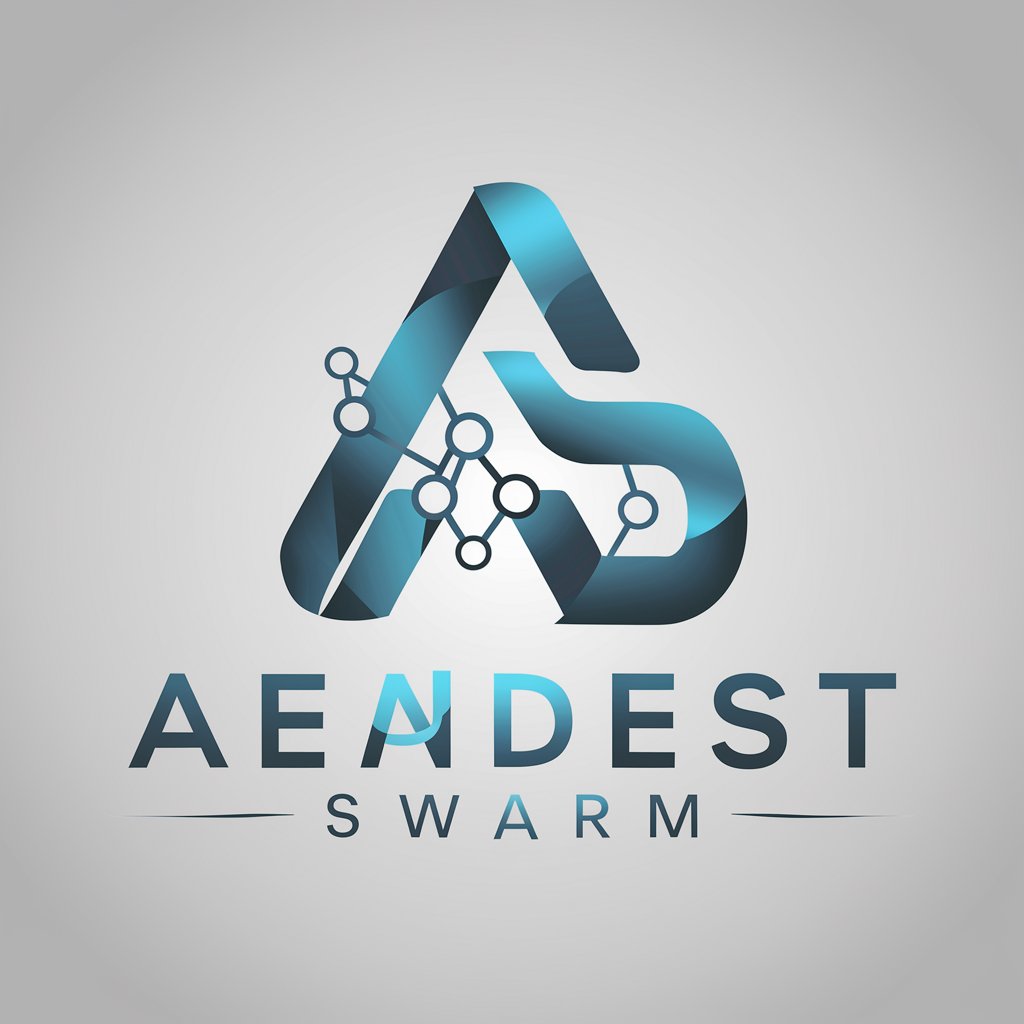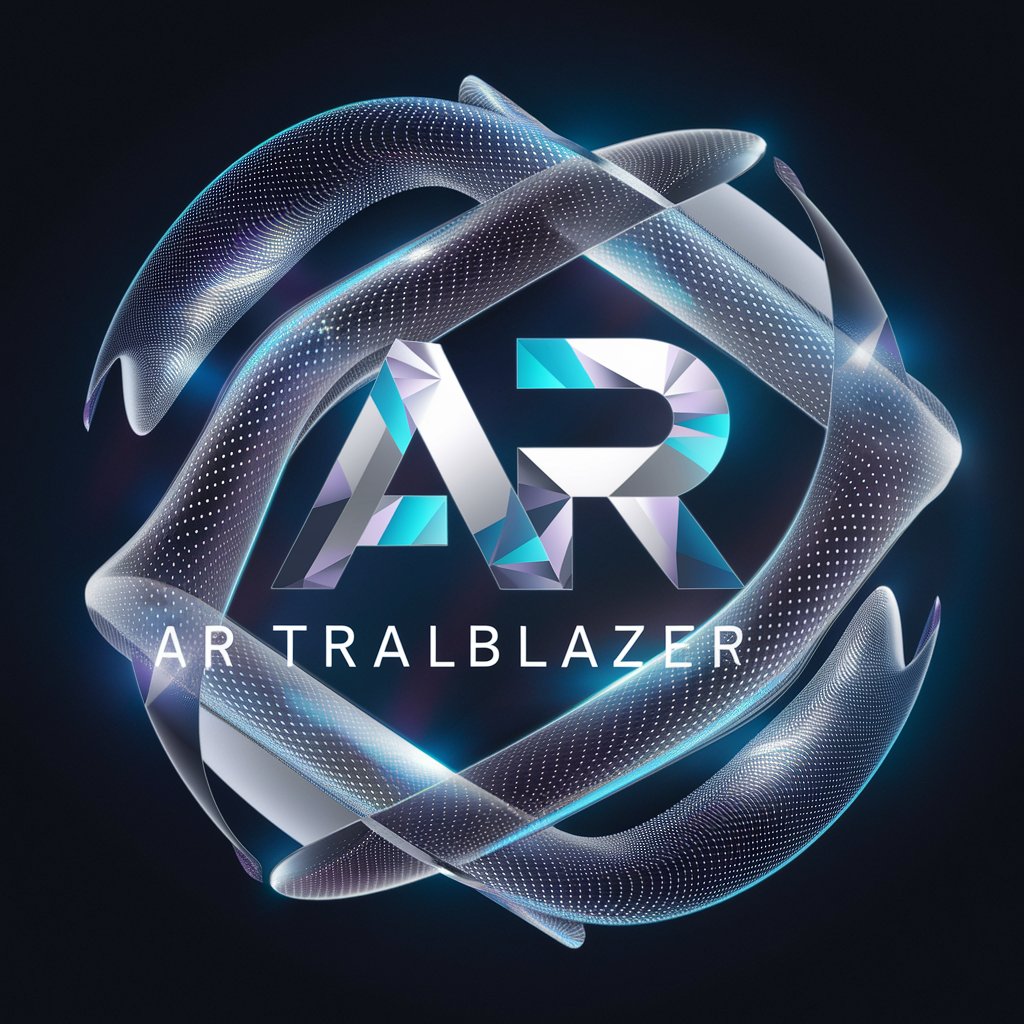
Avalanche - Efficient, Scalable Blockchain Platform
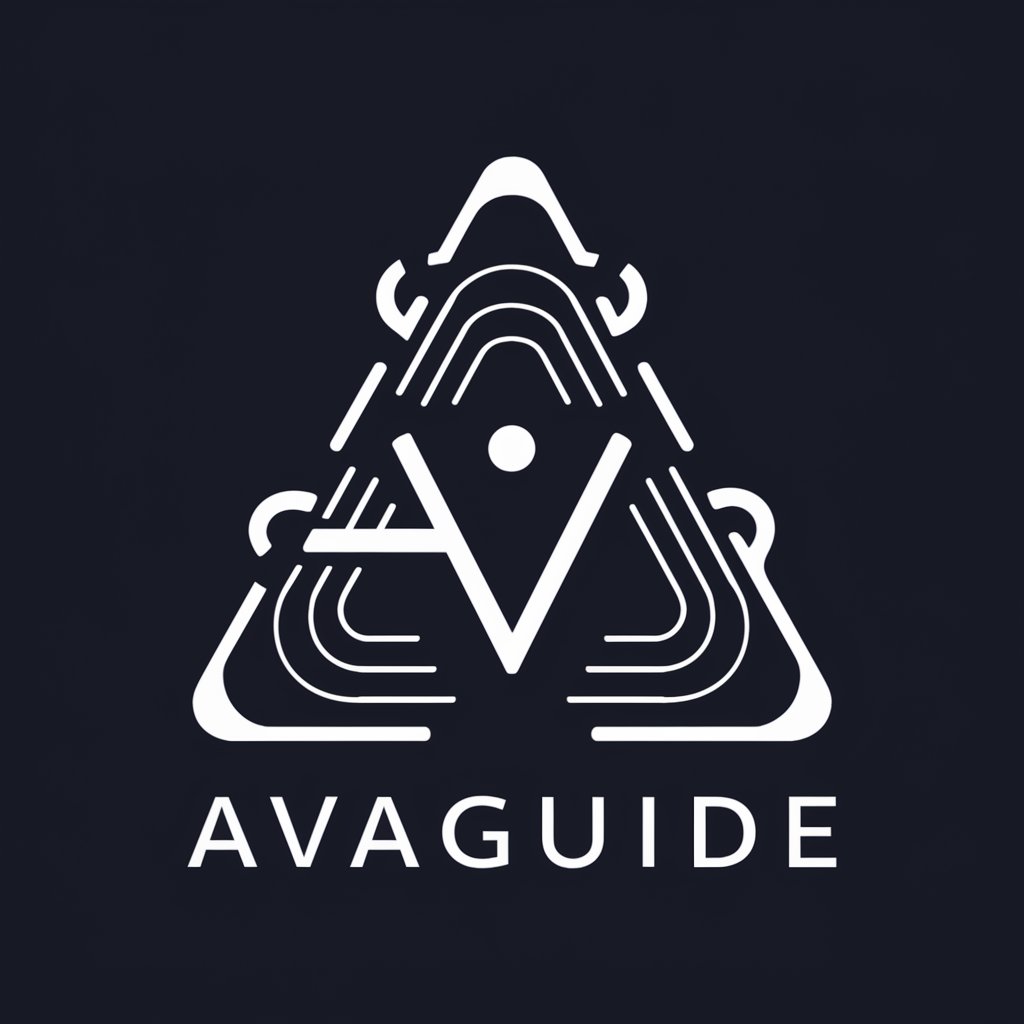
Welcome! How can I assist you with the Avalanche blockchain today?
Revolutionize Blockchain with AI-Powered Avalanche
Create a detailed tutorial on how to deploy smart contracts on Avalanche's C-Chain using Solidity.
Explain the differences between Avalanche's C-Chain, P-Chain, and X-Chain, including their specific uses and functionalities.
Provide a step-by-step guide on setting up an Avalanche node and becoming a validator on the network.
Discuss the benefits and potential use cases of creating custom Subnets on Avalanche.
Get Embed Code
Introduction to Avalanche
Avalanche is a unique blockchain platform designed for high scalability, decentralization, and customizability, distinguishing itself through its novel consensus mechanism and flexible subnet structure. It comprises multiple blockchains, including the Exchange Chain (X-Chain), Platform Chain (P-Chain), and Contract Chain (C-Chain). Each chain serves a distinct purpose: X-Chain for creating and trading digital assets, P-Chain for coordinating validators and subnets, and C-Chain for deploying smart contracts and dApps. The platform's consensus model achieves rapid finality and high throughput, making it an attractive choice for various applications. An example scenario illustrating its design purpose could be a decentralized finance (DeFi) application that requires quick transaction finality and supports multiple assets, benefiting from Avalanche's scalability and interoperability. Powered by ChatGPT-4o。

Main Functions of Avalanche
Scalable Smart Contract Execution
Example
Decentralized Exchanges
Scenario
On Avalanche, a decentralized exchange (DEX) can handle high transaction throughput with low fees, enabling efficient and fast trading experiences.
Custom Blockchain Creation
Example
Private Enterprise Chains
Scenario
Enterprises can create private subnets on Avalanche, allowing them to maintain control over their governance, compliance, and data privacy.
Interoperable Asset Transfers
Example
Cross-Chain Transactions
Scenario
Avalanche facilitates the seamless transfer of assets between different blockchains, enabling users to move tokens from Ethereum to Avalanche with ease.
Decentralized Autonomous Organizations (DAOs)
Example
Community Governance
Scenario
Organizations can leverage Avalanche's infrastructure to create DAOs, where token holders can vote on proposals and contribute to decentralized governance.
Tokenization and Digital Assets
Example
NFT Marketplaces
Scenario
Developers can build NFT marketplaces on Avalanche, taking advantage of its high throughput and scalability to support large volumes of NFT creations and trades.
Ideal Users of Avalanche Services
Developers and Entrepreneurs
Developers seeking a platform for building scalable, decentralized applications, and entrepreneurs aiming to launch innovative blockchain projects would find Avalanche's flexible environment conducive to their needs.
Enterprises
Businesses looking to integrate blockchain technology for supply chain management, data verification, or internal governance can use Avalanche's private subnets for customized solutions.
Traders and Investors
Individuals engaged in trading and investing, especially in decentralized finance, would benefit from Avalanche's low transaction fees and high-speed trade execution.
Asset Issuers
Entities looking to issue tokens, whether for fundraising, utility, or representation of physical assets, can leverage Avalanche's tokenization capabilities for secure and efficient issuance.
Decentralized Autonomous Organizations
Communities and organizations aiming to operate in a decentralized, transparent manner can utilize Avalanche to set up and manage DAOs with community-driven governance.

Using Avalanche: A Step-by-Step Guide
1
Visit yeschat.ai for a free trial without login, also no need for ChatGPT Plus.
2
Explore Avalanche's primary networks: the X-Chain, P-Chain, and C-Chain, to understand their unique functionalities.
3
Utilize the Avalanche Wallet for storing, sending, and receiving AVAX, and managing Avalanche assets.
4
Interact with the Avalanche ecosystem by participating in staking, trading on decentralized exchanges, or exploring dApps built on the C-Chain.
5
Leverage Avalanche’s Subnets for creating custom blockchains, ensuring scalability and application-specific customization.
Try other advanced and practical GPTs
CGI. Houdini and Unreal Engine
Empowering Creativity with AI-Powered CGI

Markdown Formatter
Streamlining Text to Markdown with AI
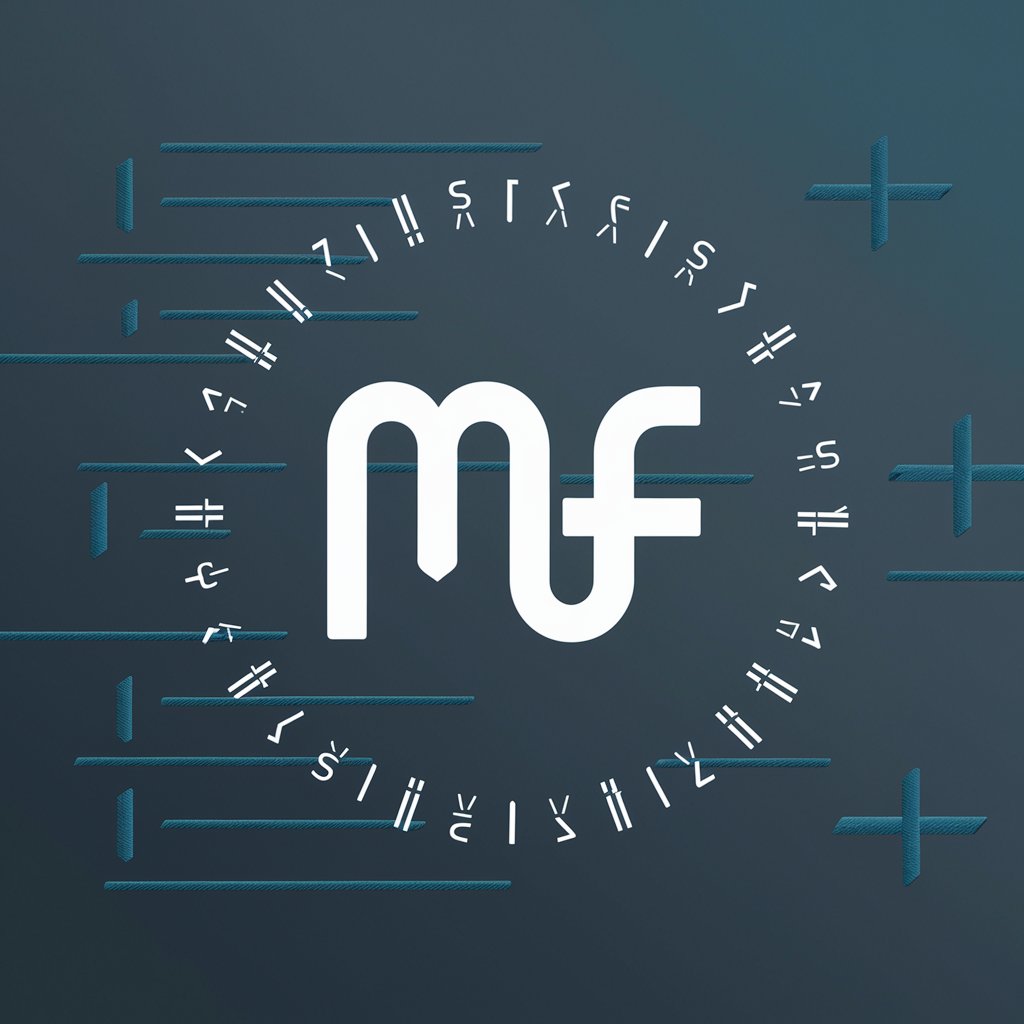
AviGPT
Empowering Innovation with AI Insight
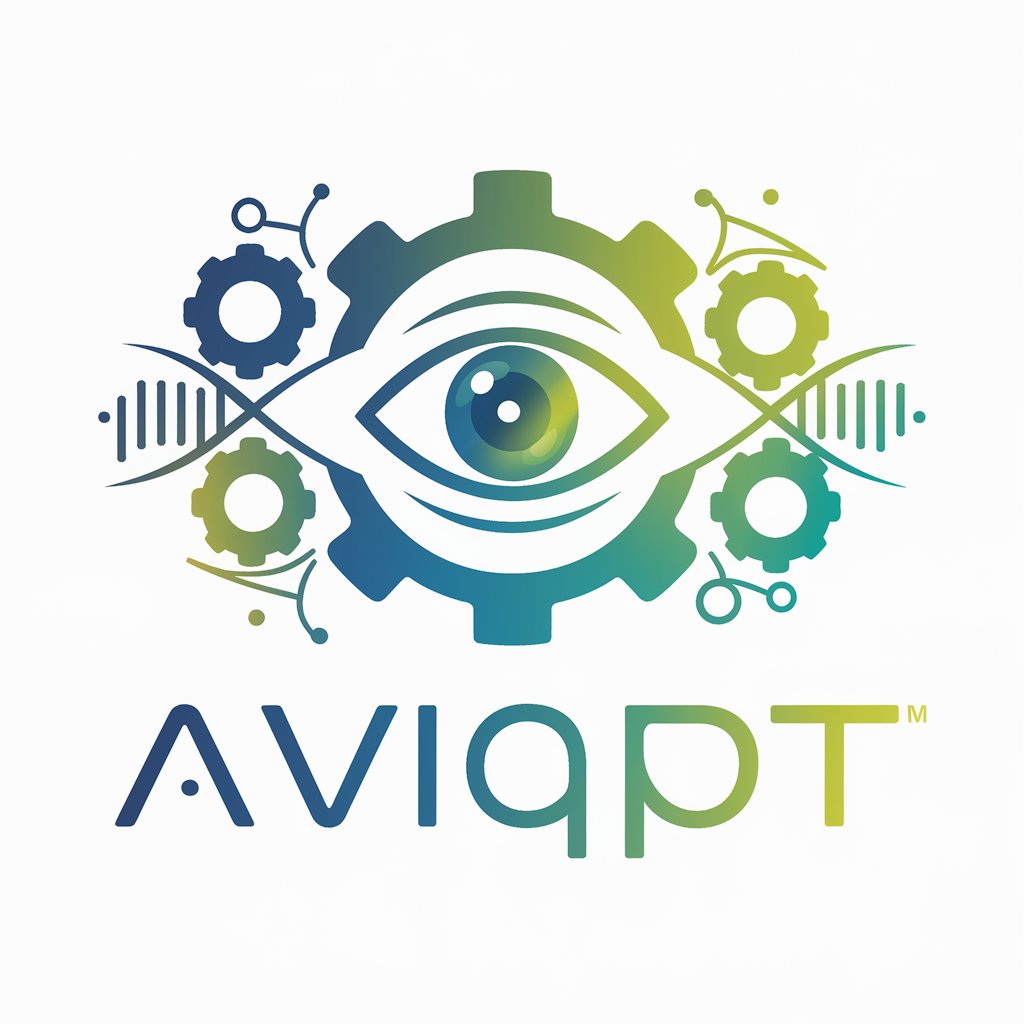
日記から英文の絵日記をつくってくれるやつ
Bringing Diaries to Life with AI Art

Video Digest (YT Videos)
Simplify Your Video Learning with AI-Powered Summaries

City Management Assistant
Empowering smart city transformations with AI

Think like Steve Jobs
Harnessing AI to Channel Steve Jobs' Vision

U.S. immigration assistant
Your AI-Powered Guide to U.S. Immigration

TOEIC Master for Reading
Master TOEIC Reading with AI-Powered Guidance
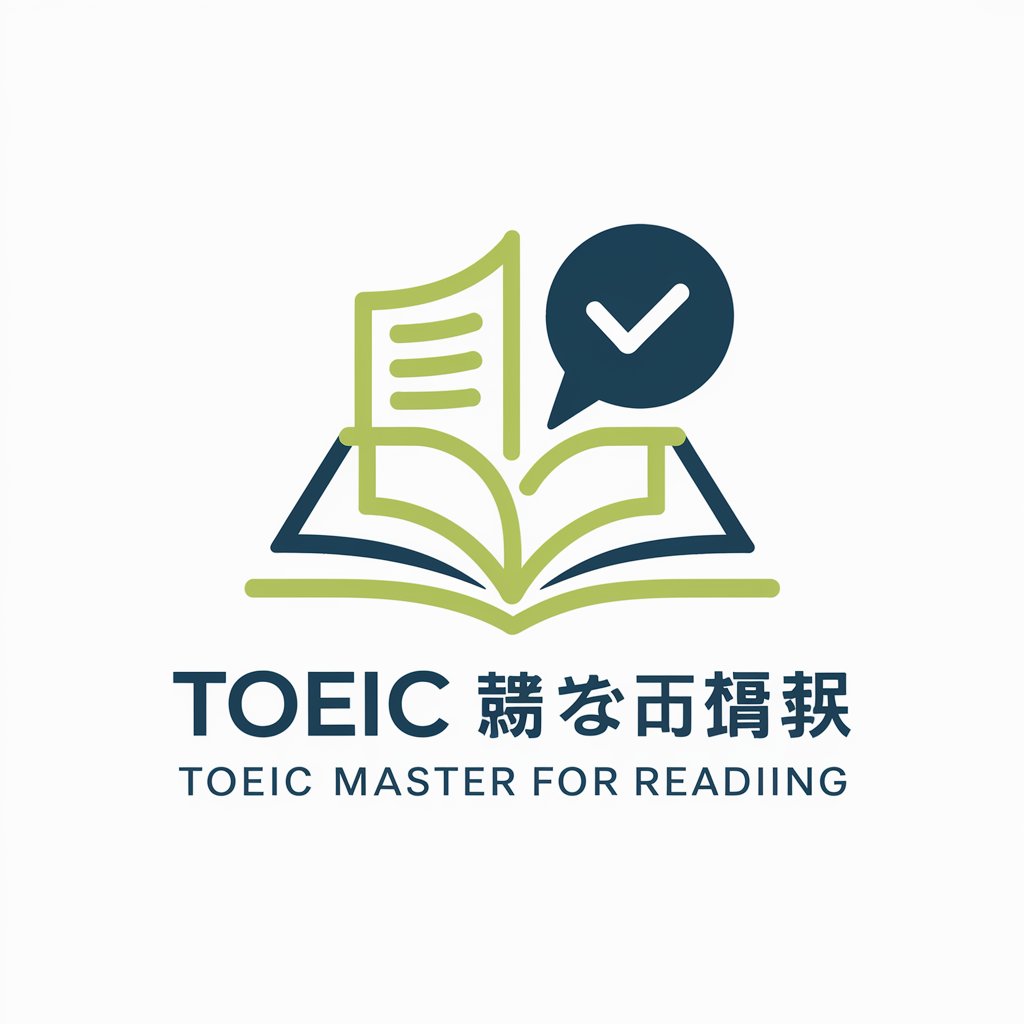
障害福祉おまかせ君
Empowering Disability Care with AI

【QuizGPT】早押しクイズ生成ちゃん
AI-Powered Quiz Creation

Quranic Insight
Explore the Quran through AI-Powered Insights

Avalanche Q&A
What makes Avalanche's consensus mechanism unique?
Avalanche's consensus mechanism, unlike traditional Proof of Work or Proof of Stake, uses repeated sub-sampled voting, ensuring high throughput, quick finality, and energy efficiency.
How does staking work on Avalanche?
Staking on Avalanche involves validators bonding AVAX as collateral to secure the network. Validators earn rewards based on their staked amount and duration of the stake.
Can I create my own blockchain on Avalanche?
Yes, using Avalanche’s Subnet feature, you can create a customized blockchain with specific rules, token economics, and validator requirements.
What is the purpose of the X-Chain, C-Chain, and P-Chain on Avalanche?
The X-Chain manages Avalanche Native Tokens, the C-Chain is an EVM-compatible chain for smart contracts, and the P-Chain coordinates validators and Subnets.
Is Avalanche compatible with Ethereum’s ecosystem?
Yes, the C-Chain on Avalanche is EVM-compatible, allowing developers to deploy Ethereum smart contracts and dApps on Avalanche with minimal changes.

